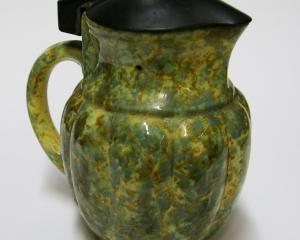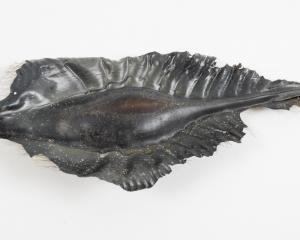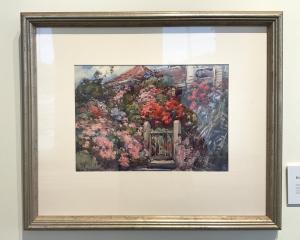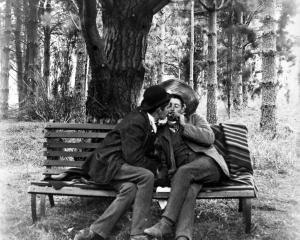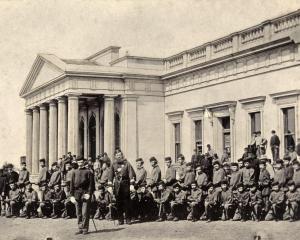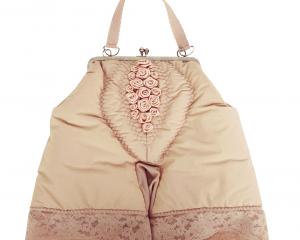
Such is the case with an ornate snuff mull in the Toitū collection. A snuff mull is a container for "snuff" or powdered tobacco, which is sniffed rather than smoked. This one is a fine object, made from a curling ram’s horn, topped by a hinged silver lid that is adorned with a polished, orange-coloured gemstone. Tools useful to the process of ingesting snuff are suspended from it with silver chains; a silver spoon and mallet-style hammer each with a long handle, and a rabbit’s paw.
The mull dates from the 18th century when taking tobacco as snuff was more common in Scotland than smoking it and virtually every man (and not a few women) owned a snuff mull.
A fancy version like this would undoubtedly merit a place in our collection on aesthetic grounds alone and as a fine example of its type. What lifts this one to genuine historical significance, however, is that it purportedly belonged to Scotland’s national bard, the poet Robert Burns.
Our one looks genuine enough. Its link with Burns seems to be confirmed by an inscription engraved around the silver lid: "Craigdarroch to Robert Burns the Bard of the Whistle Oct. 16th 1790".
This is a reference to Burns’ neighbour in Dumfries, Alexander Fergusson of Craigdarroch, and a drinking contest he staged, for which the poet acted as witness and recorder. The prize was a black ebony whistle that had originally been competed for at the Scottish court in the 16th century and won by Craigdarroch’s ancestor. He now put it up for renewed competition against two fellow descendants, described by Burns as, "Three joyous good fellows, with hearts clear of flaw".
Fergusson won after polishing off eight bottles of claret, being the last man standing.
This is precisely the date that is engraved on our snuff mull.
The only problem is that the contest was actually held in 1789 — Burns muddled the years when writing up his introduction to the poem. The inscription therefore, by repeating Burns’ error, rather suggests that our snuff mull is a fake. But for all that, (and all that) it’s a clever piece of forgery and a great example of how the cult of Burns engendered a trade in so-called "Burnsiana" that even reached Dunedin.
Sean Brosnahan is curator at Toitū Otago Settlers Museum.
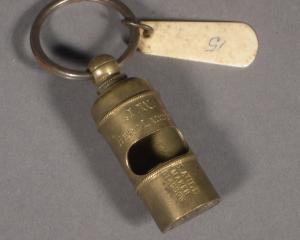
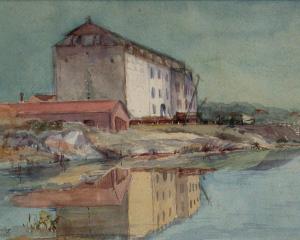
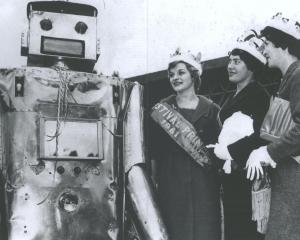

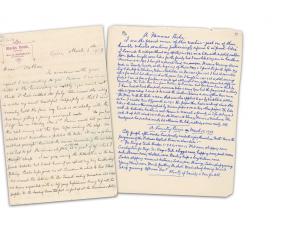
![Benno Scherek. Collection of Toitū Otago Settlers Museum [Ref: B 878]](jpg/b878-13633.jpg)
